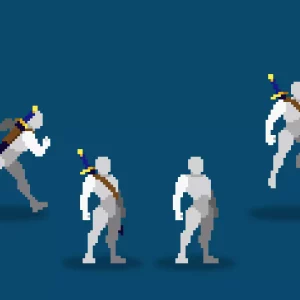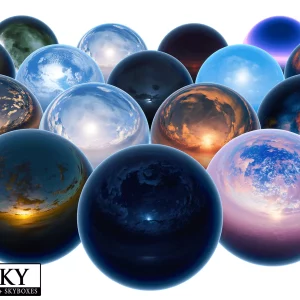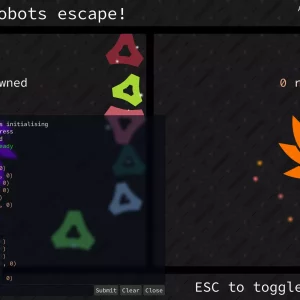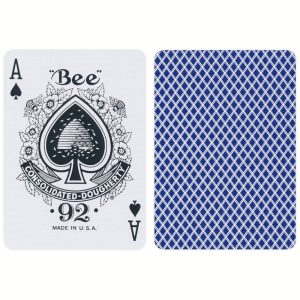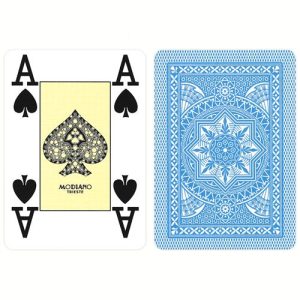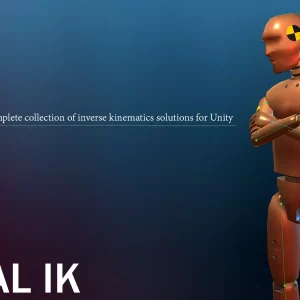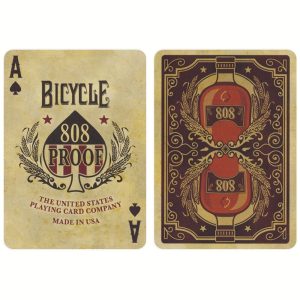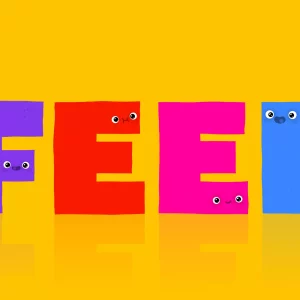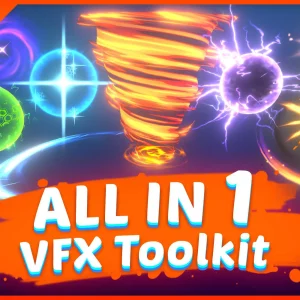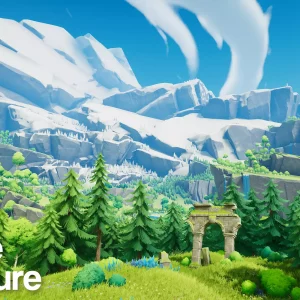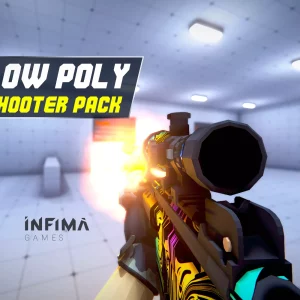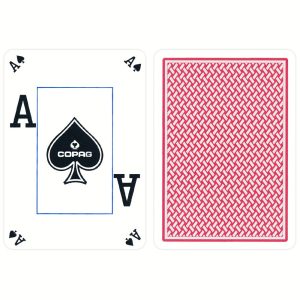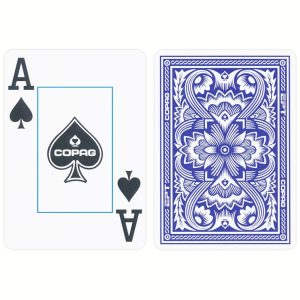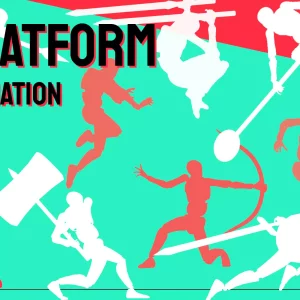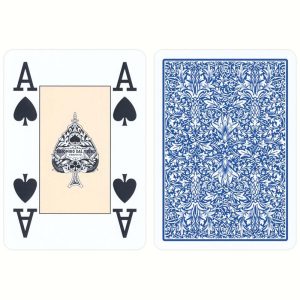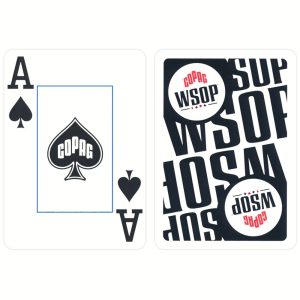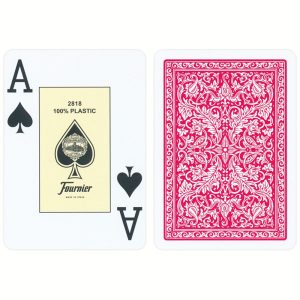How a High Level of Visual Art Affects the Optimal User Experience

The art creator of a game has to make the difficult decision of how to apply the creativity via the visual style of the game. But the game developer is interested in discovering the workable concept of the basic gaming experience and demonstrating it through stages of a functional prototype. The entire piece must demonstrate harmony among all of its elements, but most significantly, it must use art to communicate the core ideas of the gameplay.
Let us see how visual art amplifies the user experience:
Inspirational Direction
The first thing that draws a player in is the graphics. It later serves as a crucial groundwork and a link between the player and the game.
On average, hundreds of people collaborate on a single game. Therefore it’s critical that everyone is always in sync. It is particularly true if any of the work will get contracted out. Everyone engaged can concentrate on it, whether they are operating on-site or remotely, thanks to visual and game concept art.
Matching the Art to the Experience of the Target Audience
It gets advised to match the visual aesthetic with the game’s key features and desired user experience. They can only function together.
Evaluate the gaming experience and overall perspective of the game instead of relying on an antiquated assumption that the audience favors only art style, taking into account that the demographic patterns are in fact extremely hazy.
Visual arts have a positive impact on players’ gaming experiences and are crucial to keeping the target audience interested.

Artistic Coherence with Narrative and Lore
Sadly, the majority of independent game creators don’t give their game art any care. Focusing solely on mechanics is the hot topic, which is consistent with the Innovative Gameplay Events and other conventions.
The aesthetic direction of a game has a significant impact on its story. And a game outsourcing company should be aware of that. The game’s overarching mood and tone get established through the main narrative. In this way, the game’s artwork ought to be able to improve the majority of its message, elicit strong emotions, and further engross players in the story.
Finding the Right Balance
For independent developers, establishing a high standard for the art is a regular challenge. At the stages of game production when we need to go forward and keep a consistent flow of provided material, maintaining the highest quality of the art necessitates considerable refining and further iterations, which is acceptable but results in delays.
Budget constraints might lead to a squeeze and an eventual stop in output. It’s important to remember that the visual style still depends significantly on the gameplay. Sometimes a game doesn’t need to have flawless pixel-perfect components or a high-resolution visual refinement to be enjoyable and addicting.
Art that is Lifelike and Photorealistic
Although stylized graphics have many benefits for game development, realistic graphics may also be a very successful option. So let’s talk about the key advantages that realistic visuals bring. A game with realistic visuals frequently offers certain benefits in terms of gameplay, aesthetics, and technology.
3d game development companies must consider the immersion while evaluating realistic graphics and their contribution to improving the gameplay experience.
It may be quite engaging to play in realistic environments and interact with genuine things while producing believable animations, drawing the user closer to the game’s dream.


